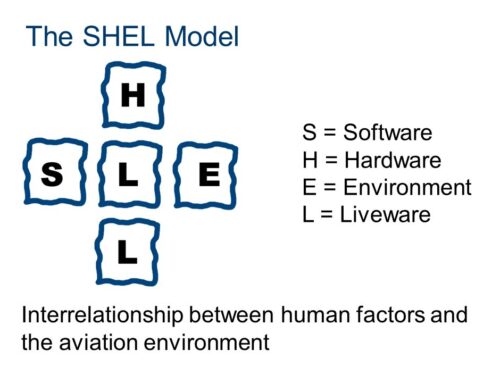The primary objective of the GDPR is to give citizens back control of their personal data. Once GDPR takes effect it will harmonize previous and other data protection regulations throughout the EU.
The General Data Protection Regulation (GDPR) (Regulation (EU) 2016/679) is a regulation by which the European Parliament, the Council of the European Union and the European Commission intend to strengthen and unify data protection for all individuals within the European Union (EU).
GDPR Compliance Requirements
This EU compliance regulation will have a far reaching impact for organizations throughout the world. If your organization suffers a data breach, under the new EU compliance standard, the following may apply depending on the severity of the breach:
- Your organization must notify the local data protection authority and potentially the owners of the breached records
- Your organization could be fined up to 4% of global turnover or €20 million
However, GDPR does provide exceptions based on whether the appropriate security controls are deployed within the organizations. For example a breached organization that has rendered the data unintelligible through encryption to any person who is not authorized to access the data, is not mandated to notify the affected record owners.
The chances of being fined are also reduced if the organization is able to demonstrate a “ Secure Breach” has taken place.
To address the GDPR compliance requirements, organizations may need to employ one or more different encryption methods within both their on-premises and cloud infrastructure environments, including the following:
- Servers, including via file, application, database, and full disk virtual machine encryption.
- Storage, including through network-attached storage and storage area network encryption.
- Media, through disk encryption.
- Networks, for example through high-speed network encryption.
In addition, strong key management is required to not only protect the encrypted data, but to ensure the deletion of files and comply with a user’s right to be forgotten.
Organizations will also need a way to verify the legitimacy of user identities and transactions, and to prove compliance. It is critical that the security controls in place be demonstrable and auditable.





